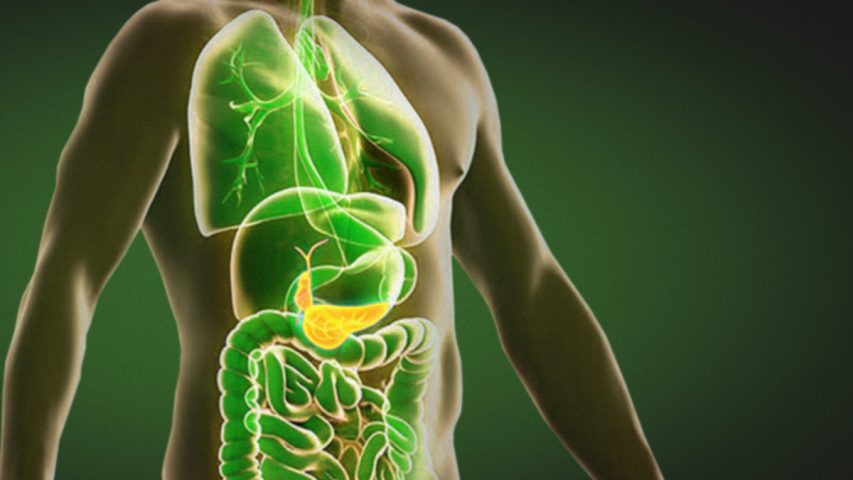- Have any questions? Contact us!
- info@dr-rath-foundation.org

Low iron and vitamin B12 linked to behavior problems in young boys
May 3, 2018
Antidepressant drugs linked to dementia
May 7, 2018Diabetes and its natural treatment

Diabetic disorders are divided into two types: type 1 and type 2. Type 1 diabetes occurs when the body’s immune system destroys specific cells in the pancreas, the organ that produces the vital hormone insulin. The primary cause of type 2 diabetes, which mostly occurs in adults, has been shown through Dr. Rath’s Cellular Medicine research to be a long-term deficiency of certain micronutrients in the cells of not only the pancreas, but also the blood vessel walls, the liver, and other organs. While this article focuses on the type 2 variety, which 90 percent of diabetic patients have, the natural treatment for both types of diabetes is similar. Overall, there are now more than 422 million people worldwide who have been diagnosed with this disease.
What is diabetes?
 Diabetes is characterized by elevated levels of blood glucose (blood sugar). In healthy people the pancreas produces the hormone insulin, which it releases in response to increased levels of glucose in the blood. Glucose levels rise whenever you eat, for example. The presence of insulin in the blood acts as a signal for cells to take in the glucose, which is used in the production of energy. However, in type 2 diabetes the body does not make, or does not use, insulin very well. This results in high levels of glucose building up in the blood, which over time can result in widespread problems including damage to the cardiovascular system, eyes, kidneys, nervous system, limbs and feet.
Diabetes is characterized by elevated levels of blood glucose (blood sugar). In healthy people the pancreas produces the hormone insulin, which it releases in response to increased levels of glucose in the blood. Glucose levels rise whenever you eat, for example. The presence of insulin in the blood acts as a signal for cells to take in the glucose, which is used in the production of energy. However, in type 2 diabetes the body does not make, or does not use, insulin very well. This results in high levels of glucose building up in the blood, which over time can result in widespread problems including damage to the cardiovascular system, eyes, kidneys, nervous system, limbs and feet.
Common symptoms of diabetes include tiredness, extreme thirst, an increased need to urinate, cuts and bruises that are slow to heal, and an increased susceptibility to infections. Many people do not always notice these symptoms, and even ignore them. Patients sometimes live with them for years before being diagnosed. As we shall see, however, doing so can be very dangerous to health.
Vitamin C and glucose are competitors
 The molecular structures of vitamin C and glucose are very similar. As we shall see next, this similarity can lead to a type of metabolic ‘confusion’ that has severe consequences.
The molecular structures of vitamin C and glucose are very similar. As we shall see next, this similarity can lead to a type of metabolic ‘confusion’ that has severe consequences.
The ‘confusion’ arises from the fact that glucose and vitamin C compete with each other to enter cells. When there is a high concentration of glucose in the blood, the tiny specialized biological pumps in the cells, that suck in vitamin C and glucose from the bloodstream, become overloaded. As a result, cells in the blood vessel walls contain an excess of glucose and an insufficient amount of vitamin C. Because of the lack of vitamin C, atherosclerotic deposits build up in the blood vessel walls. This can lead to heart attacks, strokes and other serious problems.
To lower elevated levels of glucose in the blood, conventional medicine prescribes insulin and synthetic chemical drugs. Nevertheless, even with these medications, cardiovascular disease and other diabetic complications can still occur. Clearly, therefore, while lowering blood glucose levels is obviously very important, it only treats one aspect of the problem.
Cellular Medicine provides a profound insight into the causes, prevention and adjunct treatment of diabetes

Children taking part in the Movement of Life Uganda ‘School Health Parliament’ project are learning that diabetes is preventable using natural approaches
To successfully prevent and control type 2 diabetes, consuming less salt; eating a healthy diet low in sugar and refined carbohydrates; drinking plenty of fresh, glass-bottled, still water; and taking plenty of exercise can all certainly help. But for optimum results, addressing the primary cause – micronutrient deficiency – is absolutely essential.
Dr. Rath’s scientific research and numerous independent clinical studies have clearly documented the important roles of vitamin C, vitamin E, B vitamins, magnesium and chromium in helping to prevent diabetes and normalize blood sugar levels. In one particularly striking example, a study published as long ago as 1937 showed that diabetic patients taking 300-500 mg of vitamin C a day could significantly improve their glucose balance. The researchers found that blood sugar levels could be lowered by an average of 30 percent, daily insulin requirements by 27 percent, and that sugar excretion in the urine could be almost eliminated. You can learn more about such studies in chapter 7 of Dr. Rath’s book, ‘Why Animals Don`t Get Heart Attacks…But People Do!’. Through carefully following the Cellular Medicine recommendations contained in this book, not only is it possible to prevent the onset of type 2 diabetes, existing diabetic conditions and their complications can successfully be controlled.
As always, if you have any questions about the use of Dr. Rath’s Cellular Medicine approach for preventing and controlling diabetes, please feel free to contact us.



